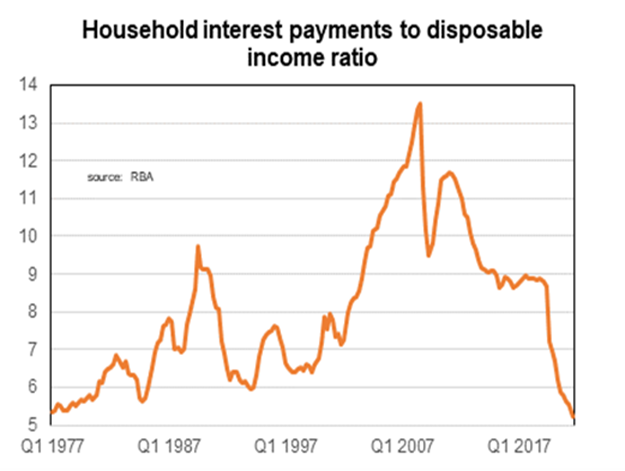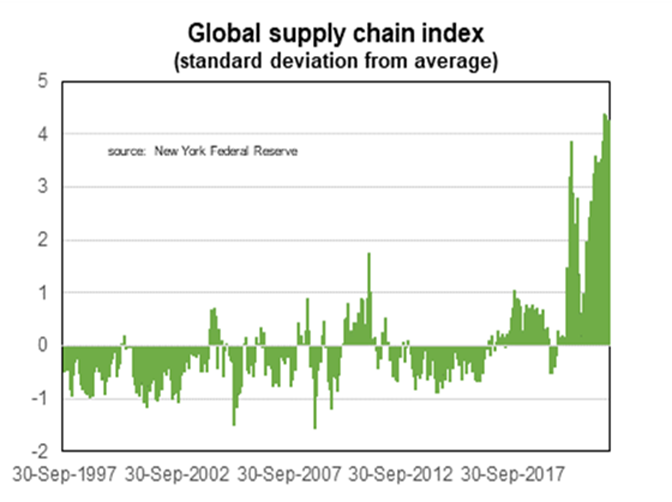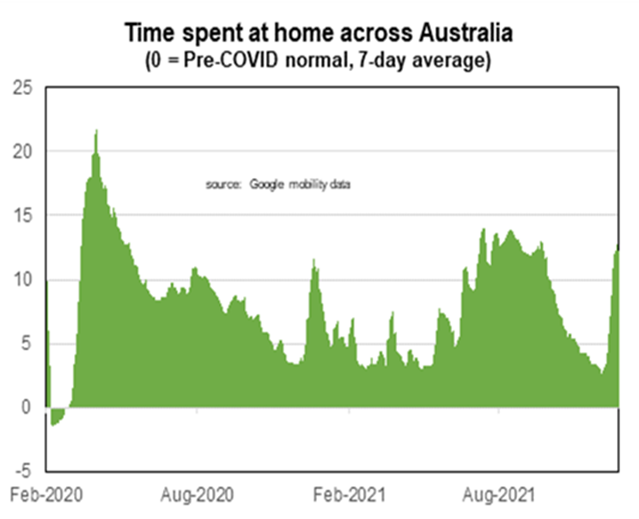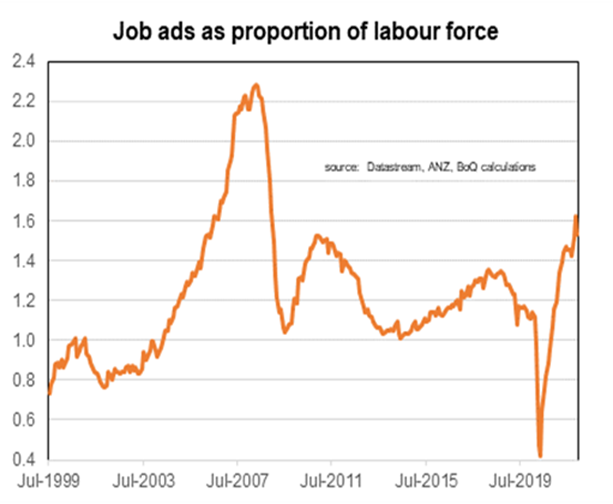Growing the practice in a boom suburb
Linda Gao spent seven months transforming her level of business knowledge from ‘clueless’ to ‘confident’ in order to create a dental practice that is all about the patients.
Learn MoreLower demand and lower supply means that the economy is not growing as fast as it could. How much COVID impacts the economy for the remainder of this year is unknown. Governments’ have shown they will tighten restrictions if they believe their health systems are coming under pressure. Consumer confidence about the health outlook will continue to play a large role on how the economy evolves.
Barring the arrival of a far more deadly variant, the main economic issue this year will be the mix of strong demand and problems with supply. Some of the supply problems is a direct result of the current Omicron wave. These supply problems should ease over the next month. COVID has also created longer-lasting supply problems as world production has struggled to catch-up to meet very high demand. Prior to the appearance of Omicron there were signs that these supply problems were starting to be reduced. But bottlenecks were still extremely elevated by historical standards, only worsened by the latest Omicron wave.
A bigger issue is the ongoing shortage of workers. Closed international (and state borders) is one factor, but so is the extremely high demand for employees. Monetary and fiscal policy is aimed at getting the unemployment rate lower. Worker shortages will remain an issue for this year.
Financial markets have become increasingly worried about inflation and the need for higher interest rates. Practically if inflation is towards the top end of the 2-3% target band and wages growth is rising to close to 3% that may be enough for the RBA to begin raising the cash rate. Financial market pricing is consistent with a first rate hike taking place by July. The overwhelming majority of economists expect a rate move by the end of the first half of 2023 (including me). A rising level of global rates means that if the RBA keeps the cash rate unchanged then in some respects it is easing monetary policy.
Currently financial markets expect the peak in the cash rate to be 2-2.25%. Some in financial markets think the peak in the cash rate might be just 1-1.5% reflecting the high level of household debt. But that cash rate level might be too low if the RBA is successful in raising inflation and wages growth. Borrowers’ should be prepared for the possibility that the case rate may peak above 2.5% in this cycle. Once the RBA decides to begin to increase the cash rate it is likely to raise rates to 1% quite quickly. The pace of rate rises is likely to slow above 1% given the uncertainty as to what the peak in the cash rate will be.
What might stop interest rates rising in Australia? Certainly the discovery of a more deadly variant would be close to the top of any list. Another is that interest rates in the US (and other countries) end up rising a lot quicker than anticipated to counter high inflation.





We have a range of offers tailored specifically to your profession. Plus, our strong relationship with industry partners means you can access special discounts and promotions from our preferred suppliers.
The information contained in this webpage is general in nature and has been provided in good faith, without taking into account your personal circumstances. While all reasonable care has been taken to ensure that the information is accurate and opinions fair and reasonable, no warranties in this regard are provided.